



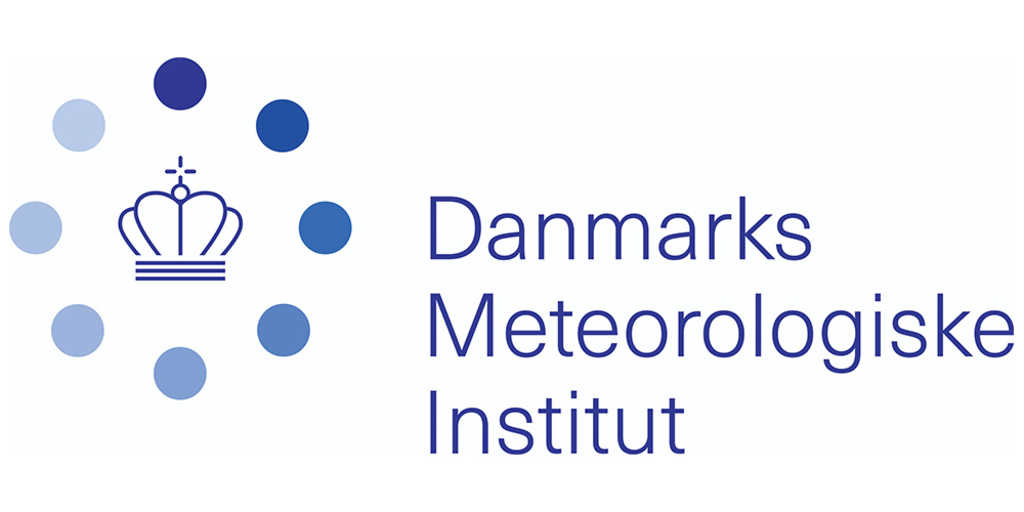
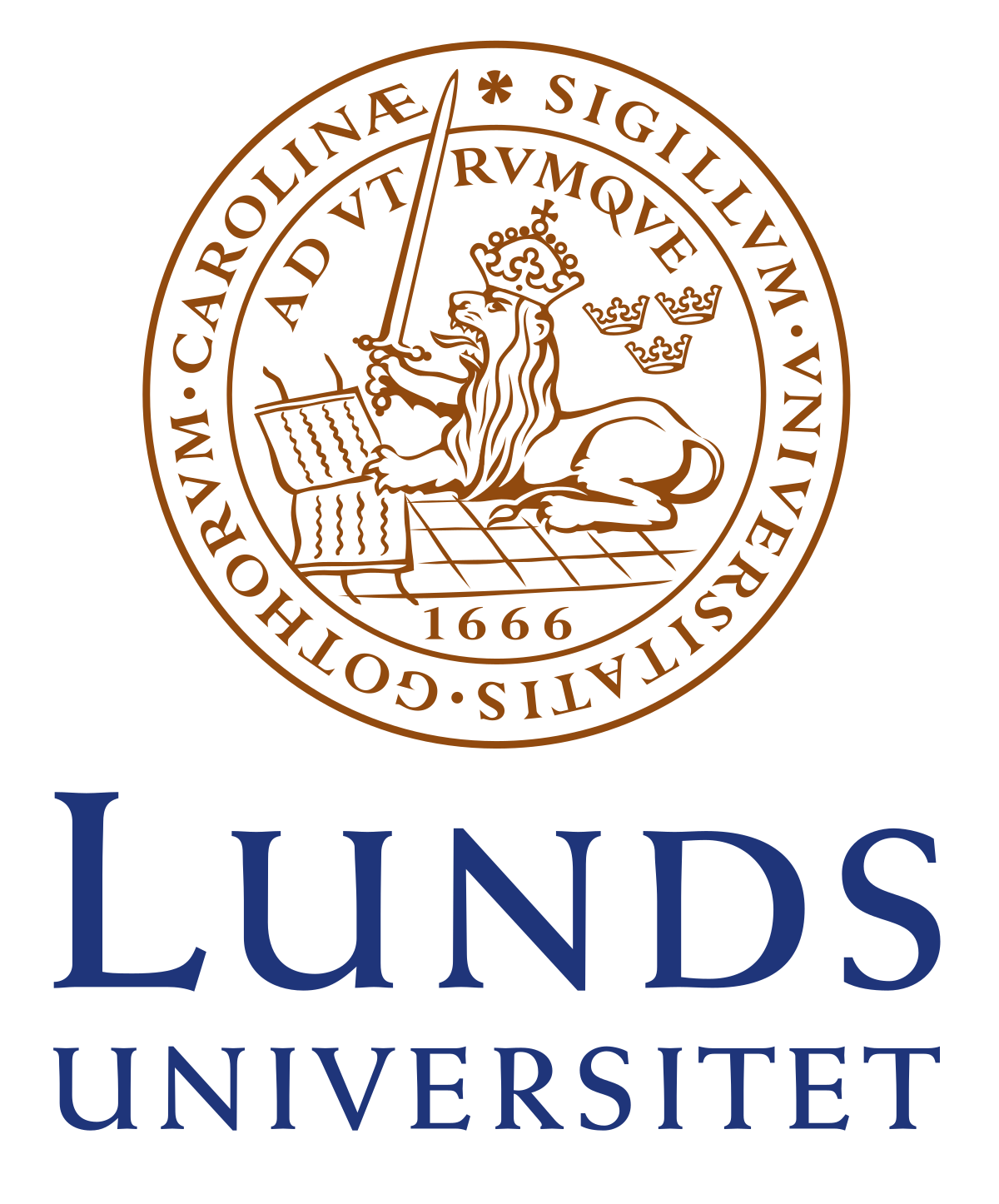


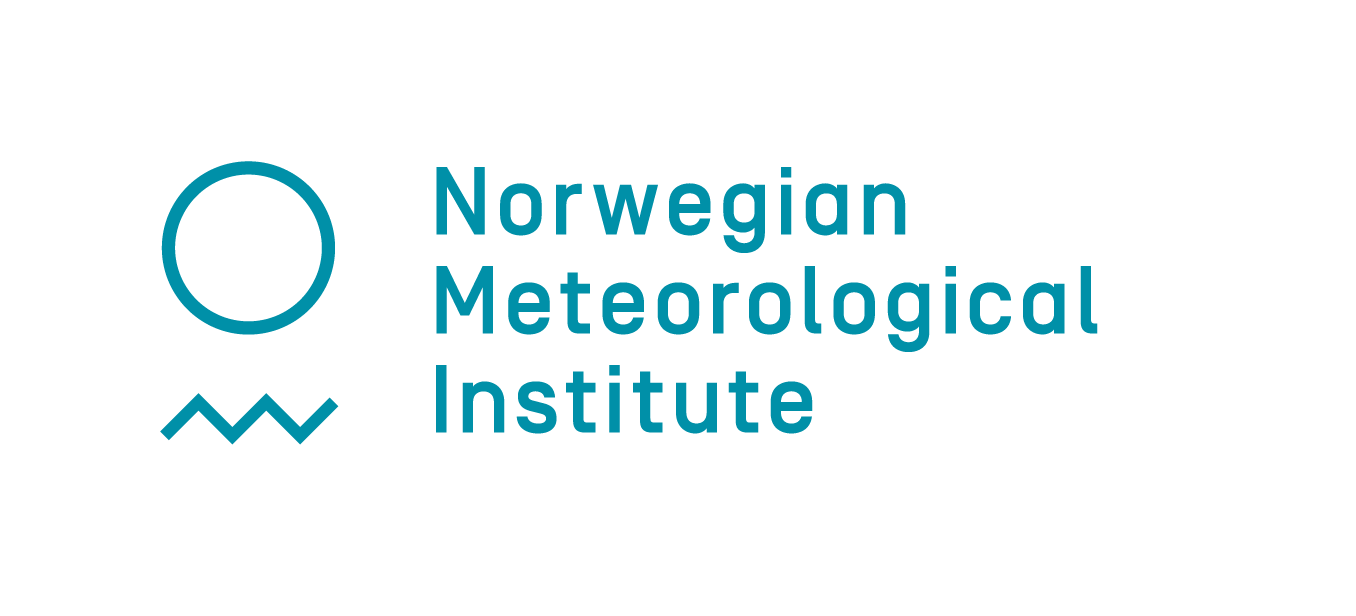




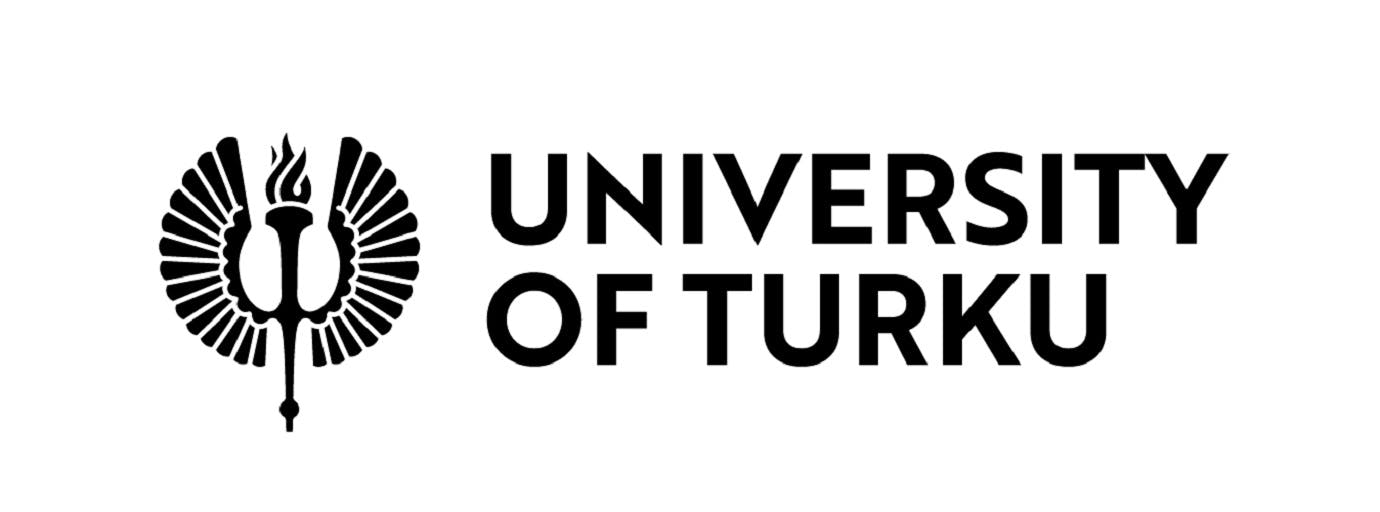
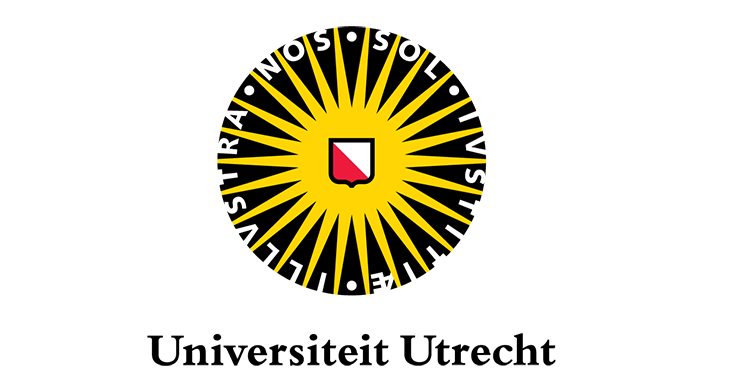
PolarRES is a part of the

NORCE Norwegian Research Centre is one of Norway’s largest independent research institutes, and has 800 employees, 1,500 projects, an annual turnover of NOK 1 billion, and some 500 scientific publications per year. NORCE is a new and forward- looking research institute, that delivers research and innovation in climate, energy, healthcare, the environment, social science and technology. NORCE is a partner in the Bjerknes Centre for Climate Research, the Norwegian Climate Service Centre and the FRAM – High North Research Centre for Climate and the Environment. Polar climate research at NORCE is particularly strong in climate dynamics across multiple spatial and temporal scales, dynamical modelling of the climate system and understanding past future climate variability and change. The department has extensive experience leading large national and international projects in these areas (e.g. H2020 projects TiPACCs and PolarRES, ERC synergy grant ice2ice, the Norwegian Earth System Modelling (NorESM) Infrastructure project, and the Ocean Thematic Centre of the ICOS ERIC) and is also involved in a number of ESA Earth Observation projects. Drawing on expertise in a wide range of fields, and of a high calibre, NORCE is uniquely equipped to deliver new knowledge and innovative solutions to emerging societal challenges – regionally, nationally and globally.
norceresearch.no/
AWI is one of the world’s leading polar research organisations. AWI is a member of the Helmholtz Association of German Research Centres (HGF). AWI conducts multidisciplinary research in the Arctic and Antarctic, as well as in temperate latitudes. In particular, AWI coordinates polar research in Germany and provides the necessary equipment, infrastructure, and logistics for other German institutions performing polar research. Through memberships, AWI is embedded in a number of European Research initiatives, such as the European Polar Board, the European Marine Board, and the European Climate Research Alliance. AWI is strongly involved in observational and process modelling studies with the aim to improve weather and climate models, especially in the polar regions. AWI hosts the International Coordination Office for Polar Prediction that coordinates all international activities related to the area of polar prediction. The AWI scientists involved in PolarRES are experts in regional and global climate modelling. For example, they apply high resolution convection-permitting and coupled regional modelling for the Arctic and participate in Arctic CORDEX. Furthermore, the AWI scientist involved contribute to leading research of Arctic-mid-latitude linkages, which feeds into CMIP6 and PAMIP.
awi.de/
Arctik is a Brussels-based PR, communications and evaluation consultancy, which specialises in European affairs and sustainability. Arctik provides strategic and innovative communication solutions to European institutions and other actors, enabling them to communicate messages, stimulate constructive dialogues and help them evaluate their impact.
Arctik offers a wide variety of services to meet all communications needs. The company boasts specialist expertise in a range of areas, including networking activities, designing and producing communication tools and the logistical management and coordination of conferences and events. It has a proven track record of delivering tangible results for actors across the European Union. Arctik is part of Technopolis Group.
arctik.eu/
The British Antarctic Survey (BAS) is a component of the Natural Environment Research Council (NERC). NERC is part of the United Kingdom Research and Innovation (UKRI). It has, for over 60 years, undertaken the majority of Britain’s scientific research in and around the Antarctic and Arctic regions, building a reputation as a world-renowned Polar science and logistical centre. BAS undertakes a world-class programme of scientific research, survey and long-term observations addressing key issues of global or fundamental importance that require access to the Polar Regions.
Our scientific research programme, Polar Science for Planet Earth, sets the strategic direction for BAS. The Antarctic operations and science programmes are executed and managed from Cambridge, and rely on a wide-ranging team of professional staff.
We take a multi-disciplinary, collaborative approach to our research, working in interdisciplinary teams from within our organisation, as well as in partnership with leading universities and research organizations from the UK and around the world. These include the Atmosphere, Ice and Climate team, focused on the highly-coupled atmosphere-ocean-sea- ice system, and the Ecosystems team, focused on understanding the combined impacts of global climate-driven change and commercial fishing on polar marine ecosystems.
bas.ac.uk/
The Danish Meteorological Institute (DMI) is the official weather service and climate advisor to the Danish Government with significant operations across the Kingdom of Denmark including Greenland and the Faroe Islands. DMI has responsibility for weather forecasts, sea ice charts around Greenland as well as ocean conditions and weather warnings. The institute includes an active research and development department employing around 60 staff working on topics ranging from meteorology to sea ice and ocean modelling and remote sensing, stratosphere dynamics, radar, numerical weather prediction model development and global and regional climate modelling including the development of the Danish National Climate Atlas, for adaptation to future sea rise and other climate extremes.
DMI have developed a coherent and well-respected research group dubbed “world-leading” in a recent international review of research activities at the institute. The climate research group have pioneered coupled ESM-ice sheet modelling within the EC-Earth consortium and have developed a sophisticated surface mass balance model including firn parameterisations based on the in-house HIRHAM5 regional climate model. Also, DMI is a member of the Harmonie-Climate consortium, which enables very-high-resolution convection permitting atmospheric simulations to take place.
dmi.dk/
Lund University is one of the largest research organisations in Northern Europe and has a strong profile in environmental sciences. The Department of Physical Geography and Ecosystem Science (INES; Institut för Naturgeografi och EkoSystemvetenskap) enjoys an international reputation as a centre for multi-disciplinary studies of ecosystem-atmosphere interactions, based both on empirical approaches and modelling. It hosts or contributes to the leadership of a number of excellence-centres and research networks within Earth system science, including the Swedish node of the Integrated Carbon Observation System (ICOS) and the ICOS Carbon Portal.
The LPJ-GUESS dynamic vegetation-ecosystem and biogeochemistry model (see: http://iis4.nateko.lu.se/lpj-guess/), originally developed by INES researchers, is widely-used internationally both for ecosystem impact studies, and to account for biogeophysical and carbon cycle feedbacks in Earth system model (ESM) simulations. Lund University has been a long-running partner in the consortium developing the EC-Earth ESM (www.ec-earth.org), leading work on the representation of vegetation dynamics and biogeochemical land-atmosphere coupling. INES hosts a working group of about 10 scientists and technical staff who continuously further the development of both LPJ-GUESS and EC-Earth, keeping them up-to-date with latest developments. INES contributed significantly to the sixth assessment report (AR6) of the IPCC.
nateko.lu.se/
The Finnish Meteorological Institute (FMI) is a research and service agency under the Ministry of Transport and Communications. FMI has a staff of approximately 700 employees, half of them working in research units. FMI produces weather and marine forecasts and services for the needs of safety, transport, the economy and citizens. It acquires and maintains reliable information on the physical state and chemical composition of the atmosphere and of the seas, as well as their impacts on the various sectors of Finnish society and internationally.
FMI performs and advances research on the atmosphere, physical oceanography, polar areas and the near-space as well as many other related issues. It combines its know-how into consultancy and development services in Finland and abroad, notably regarding issues pertaining to the environment, the transport sectors, and generic weather-related security. FMI operates an Arctic research centre in Sodankylä, northern Finland, and the Pallas–Sodankylä Global Atmosphere Watch (GAW) station. FMI is also actively involved in research of the Arctic Ocean, and has carried out Antarctic research since 1980s.
ilmatieteenlaitos.fi/
The Institute of Mathematical Machines and Systems Problems of the National Academy of Science of Ukraine (IMMSP) was formed in 1992 as a direct evolution from the Special Design Bureau of Mathematical Machines and Systems (SDB MMS) of CyberneticsCentre NASU. The environment modelling is important part of research and development from 1986, when urgent need of decision making support arose after Chornobyl accident.
The IMMSP is one of the developers of EU decision support system RODOS for offsite nuclear emergency including marine component which was so important for the Fukushima accident. The Department of marine and river system was intensively involved in series EU projects on spreading of marine pollutants in the Arctic environment during the 21st Century.
In collaboration with Nansen Environmental and Remote Sensing Center (NERSC), the circulation, ice and pollution transport models were developed and implemented in Generic Modelling System. The hydrostatic and non- hydrostatic models were developed and applied to the gravitational slope currents. In frame of series of projects funded by Ukrainian Antarctic Centre these models were applied to simulation of gravitational flows released from Ronne- Filchner Ice Sheet. The community model SCHISM completed by FESIM ice dynamic-thermodynamic model was applied to the Bellingshausen Sea seasonal circulation.
immsp.kiev.ua/National Antarctic Scientific Center is a State Institution of the Ministry of Education and Science of Ukraine. NASC is a leading national organization conducting polar research and provides opportunities for collaboration to other research institutions. The center brings together experts in all fields of polar research. Among them are both experienced polar explorers with many years of work in Antarctica, and young scientists armed with new methods. Atmospheric research NASC performs together with scientists from the Ukrainian Hydrometeorological Institute.
NASC actively participates in professional meetings and conferences of the international Antarctic community, organizes geological, geophysical, hydrometeorological, oceanological, seismological, geospace, biological, medical and physiological and other research at the station, surrounding islands, marine test sites, and also forms databases for monitoring of environmental parameters. In the hydrometeorology field it is involved in monitoring programs carried out under WMO standards.
Along with the scientific activities, the Center conducts educational work, familiarizing schoolchildren, students, the general public with the influence of atmospheric processes in the Earth’s polar regions on the general state of the environment, environmental conservation measures to preserve the resources of the planet and unique life forms.
uac.gov.ua/
The Norwegian Meteorological Institute (MET Norway) is the national meteorological service in Norway and provides operational weather forecasts to the public and private sector, represents Norway in international meteorological organizations and forums, and participates in national and international research projects. MET Norway has 438 full-time employees, including 126 researchers. Being a longstanding proponent of free and open data, MET Norway provides free weather forecasts in collaboration with the Norwegian Broadcasting Corporation through yr.no, one of the world’s most used online weather services.
MET Norway is a leading partner in development of the Norwegian Earth System Model (NorESM), which has been used to provide simulations for the fifth and sixth phase of the Coupled Model Intercomparison Projects. MET Norway is also a member of the ALADIN-HIRLAM consortium, and uses the consortium’s model system HARMONIE for high-resolution (2.5 km) numerical weather prediction and climate simulations. MET Norway coordinates the contribution from the HARMONIE Climate (HCLIM) model system to the Arctic Coordinated Regional Climate Downscaling Experiment (Arctic CORDEX).
met.no/
Shanghai Jiao Tong University is among Top 5 universities in China and established the Institute of Oceanography in 2013, which became School of Oceanography (SOO) in 2018. Polar oceanography study is one of the fostered research direction at SOO.
More than 10 SOO scientists are focused on polar research, and they have coordinated a series of projects related to Arctic and Antarctic ocean processes and ocean-sea-ice-atmosphere interactions funded by the Natural Science Foundation of China (NSFC), Ministry of Science and Technology of China (MOST), Ministry of Natural Resources of China (MNR), etc. They have also been participating in China Antarctic and Arctic expeditions in the past 5 years, and been involved in international polar research plans like MOSAiC and the Southern Ocean Observing System (SOOS). SOO co-hosted the SOOS Ross Sea Working Group Meeting in 2017.
sjtu.edu.cn/
The University of Helsinki is nearly 400 years old and the leading university in Finland. In 2020, the University of Helsinki placed 74th in the Shanghai Ranking. The University has 32,000 students and 7,800 employees. The university is a top research university and is e.g. a member of the League of European Research Universities. The UHel team is a part of the Institute of Atmospheric and Earth System Research (INAR) of the Faculty of Science, ranked 35th in the world by the international Shanghai Ranking in 2020, an exceptionally high- level research and learning environment. INAR is a multi- and interdisciplinary research unit based in physics, chemistry, meteorology, forest sciences, environmental sciences and social sciences employing over 250 people. INAR aims to strengthen the internationally leading, integrated multidisciplinary research and education environment for Earth system science and to feed in scientific results for the national and international environment and climate policy. It performs multiscale research from molecular to global scale and focuses on climate change, air quality, biogeochemical cycles and ecosystem processes. INAR is a part of the research team completing the Coupled Model Intercomparison Project Phase 6 (CMIP6) simulations with the EC-Earth System Model.
helsinki.fi/en/inar
University of Leeds (UoL) – Institute for Climate and Atmospheric Science (ICAS) ICAS has a research programme that covers mesoscale atmospheric dynamics, climate change, cloud microphysics, aerosol physics and chemistry, and global atmospheric chemistry. The Director of the National Centre for Atmospheric Science (NCAS) is based within ICAS and there are a significant number of NCAS staff in ICAS, including the Director of NCAS Weather and Head of the Atmospheric Measurement Facility (AMF). ICAS is also one of the Met Office partners and is directly involved in the development of the Unified Model (UM). The institute has developed the global aerosol model (GLOMAP) which has been converted to the aerosol component of the Hadley Centre Climate Model (UKCA).
The University of Leeds and ICAS has a strong track record in climate change research and has featured prominently within recent IPCC reports. Within ICAS there is a strong experience in using a unique range of atmospheric models including the UM and WRF and ICAS is a major user of national and local supercomputing facilities.
leeds.ac.uk/
ULiège is represented in PolarRES by the Laboratory of Climatology from the Department of Geography included in the ‘SPHERES’ research unit.
The research carried out at the Laboratory of Climatology from ULiège is mainly based on the MAR regional climate model that we are developing and that we (i.e. ~ 10 people) are using in particular for studying the Polar Regions, i.e. the current and future evolution of the climate and surface mass balance (SMB) of the main ice sheets/caps (Greenland, Antarctica, Svalbard, Arctic Canada). In these regions, MAR is internationally recognized as one of the best regional models currently available for performing SMB estimation and our projections of sea level rises from melting ice caps are the reference in this field (total 80 papers about this topic over the last 5 years). MAR (forced by GFS) is also used to assess the real-time state of both Antarctica and Greenland ice sheet surface mass balance by running it in forecast mode. Finally, in PARAMOUR and the PROTECT H2020 projects, MAR is coupled with the regional ocean model NEMO to study the interaction at high spatio-temporal resolution between atmosphere and ocean in the polar regions.
climato.uliege.be/cms/c_4471902/en/climato
The University of Turku (shortened in UTU) is the third largest university in Finland. The University has approximately 20,000 students, of which 5,000 are postgraduate students having completed their MSc or MA. The university is divided into seven faculties; Humanities, Science and engineering, Medicine, Law, Social Sciences, Education and Turku School of Economics.
Turku School of Economics (TSE), with approximately 2,000 graduate and 250 postgraduate students and a staff of 350 is the second largest school of its kind in Finland. In addition to teaching a wide variety of economic and business related subjects, the faculty conducts research on matters relating to its field, and offers consulting services to businesses. Teaching is mainly carried out in Finnish, but there are also a number of courses available in English.
TSE is an accredited member of the AACSB International (The Association to Advance Collegiate Schools of Business), which is a global accreditation agency committed to advancing the quality of management education worldwide.
utu.fi/fi
Founded in 1636, Utrecht University (UU) is an esteemed international research university, offering a wide range of research within all major research disciplines. It is a member of the League of European Research Universities and, with ~30,000 students and ~6,700 employees, the largest institution of education and research in the Netherlands. UU is ranked 55th worldwide in the U.S. News & World Report Best Global Universities 2020 Ranking, placing it second in the Netherlands and 14th in Europe.
In PolarRES, UU is represented by the Institute for Marine and Atmospheric research Utrecht (IMAU); the institute was established in 1991 and is internationally recognized for its basic research on the oceans, atmosphere and cryosphere. It is based in UU’s Faculty of Science, Department of Physics, with a significant contribution from the Faculty of Geosciences. At IMAU, about 15 staff members run the undergraduate and graduate teaching programmes and carry out research projects. Through the years, IMAU staff has been successful in acquiring external research funds, currently employing ~50 PhD students and postdoctoral researchers. In the last research quality assessment (2016), IMAU received the score ‘excellent’ (world-leading) for quality and impact.
uu.no/